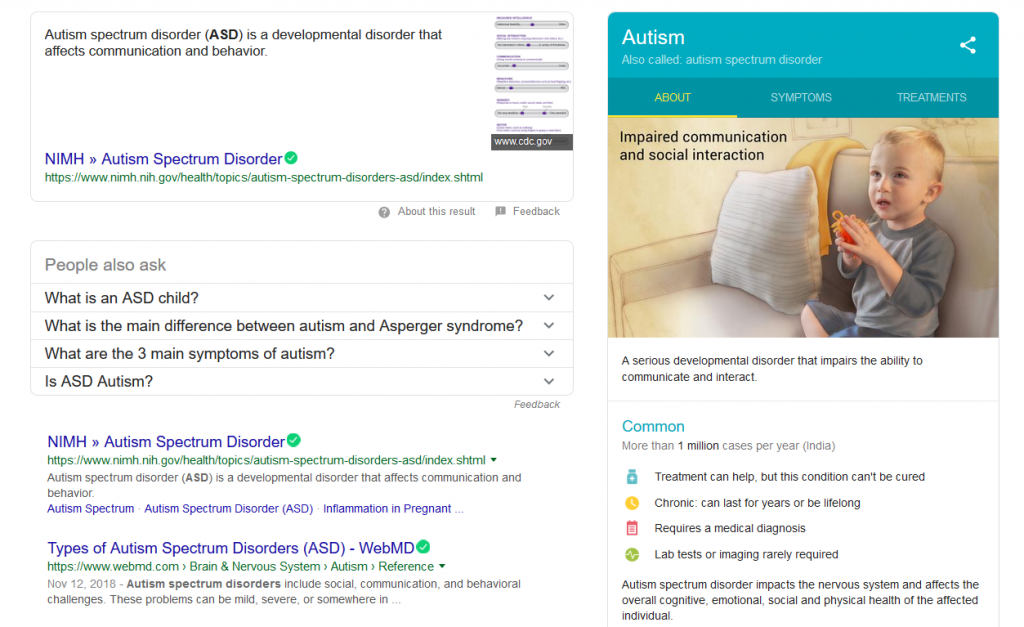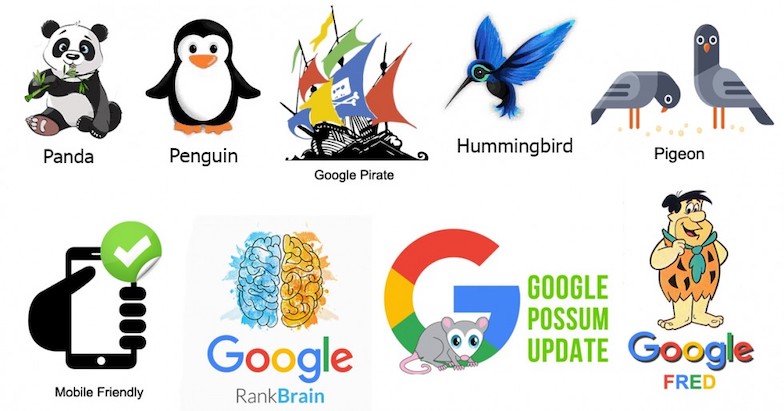- February 21, 2019
- by Diet SEO India
- SEO
- 0 Comments
One of the most common offerings provided by top SEO agencies is Penalty Recovery Services. In short, the client(s) are restored to their former SEO performance level after their websites are penalized by Google’s algorithm updates. This penalty is reflected in ranks and traffic.
Google, from the very beginning, has been trying to make its SERP results as appropriate to the users as possible. As a continuously evolving search engine, it rolled-out a lot of updates, both major and minor. While minor updates usually involve varying the weightages of individual ranking factors, major updates, such as Hummingbird, Panda, etc., involve drastic changes in one or more of the following:
- The way Google’s ranking algorithm functions on normal results
- Features that are added, modified or removed
- Display of the results on SERP
- Removing fraudulent results
Google’s ranking algorithm uses many factors to calculate the relevance of each webpage to the search query. This relevance score is contrasted against other competing pages, which results in the prioritization of ranks. Each ranking factor used in this process has a specific amount of weightage. For example, optimizing the page title for a page is known to be way more effective than adding keywords in the title tags of internal links associated with it. This is because ranking factors, too, are prioritized on the basis of level of importance. These factors and their relative levels of importance tend to change. The core algorithm update of August 2018 was one such update, which strongly impacted YMYL and health relatedGoogle’s ranking algorithm uses many factors to calculate the relevance of each webpage to the search query. domains.
In order to further improve user experience, Google keeps testing new things. The Knowledge Graph, for instance, was introduced a year before Hummingbird came in 2013, but over time it has become richer and must more helpful to the users. Such testing, addition and modification of features is what has enabled Google to remain at the top, so it’s highly unlikely that these kings of updates would be stopped.

Sometimes, display of the results on the search engine’s results page also changes. Moving of results by bringing ads on top or in between, changing the maximum permissible length of page titles and meta descriptions, etc. fall under this category.
Despite all this constant monitoring and improvement efforts, Google could not become flawless; certain smart professionals started exploiting its loopholes to make even less relevant and less credible websites to rank on top, by employing what is known as Black Hat SEO. Google removed such fraudulent results and penalized entire websites by using algorithm updates such as Panda, dropping them in ranks and traffic.

Google also rolls out a lot of smaller algorithm updates from time to time, some of which are collectively viewed as a single update. The Maccabees update of December 2017 is one such example.
What do we learn from all of this? Here are the key takeaways:
- Google keeps updating its algorithm from time to time.
- Almost all of its updates pertain to making it a better search platform for users.
Below are a few tips that can help you to stay immune to most of Google’s Algorithm Updates:
- Be genuine.
- Optimize for Google’s ranking factors by approaching the right SEO agencies.
- Be crawler-friendly and user-friendly.
- Produce content that is focused on branding and improving user experience rather than being focused on keywords alone.
Follow the above tips, and rest assured that your website would remain competent at all times.



